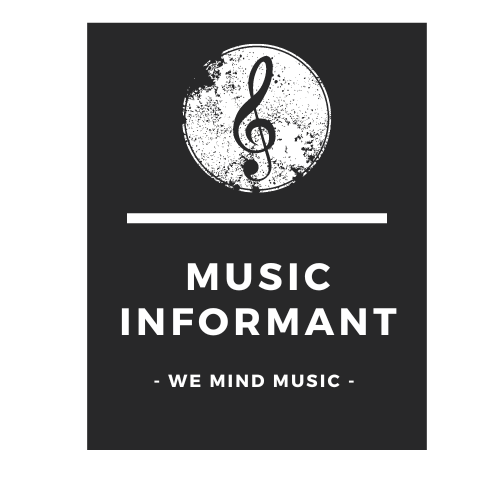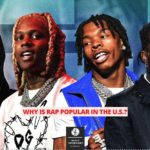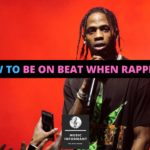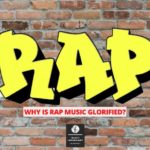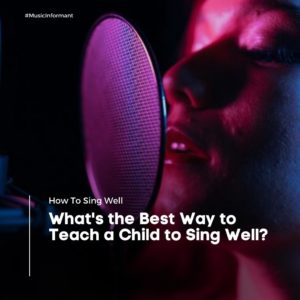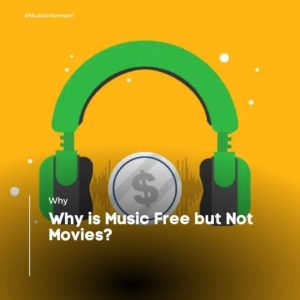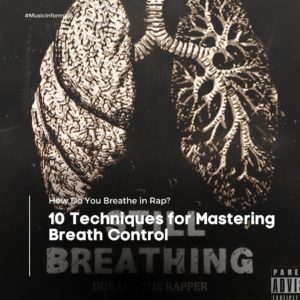
In the mesmerizing world of entertainment, two art forms have always shared an unspoken connection – music and dance. They intertwine like lovers on a timeless dance floor, evoking emotions, telling stories, and inspiring movements. But have you ever wondered just how deep this relationship goes? In this blog post, we dive into the enchanting realm of music and dance, uncovering the secrets of their unbreakable bond.
The Harmony of Music and Dance
Music and dance have been inseparable for centuries, creating a powerful synergy that captivates audiences worldwide. Let’s explore the top five reasons why these two artistic expressions are so intertwined.
1. Rhythmic Synchronization
One cannot exist without the other – music provides the beat, and dance follows its rhythm. When dancers move in sync with the music’s tempo, a magical connection is established, enhancing the overall artistic experience.
2. Emotional Expression
Both music and dance are channels for expressing deep emotions. Music sets the emotional tone, while dance physically portrays those feelings, allowing performers and spectators alike to connect on a profound level.
3. Storytelling through Movement
Dance is a language in itself, and when paired with music, it becomes a compelling storytelling medium. Dancers convey narratives and emotions through their movements, making it easier for the audience to grasp the message.
4. Cultural Traditions
Throughout history, different cultures have used music and dance to celebrate, commemorate, and express their heritage. These traditions have been passed down through generations, preserving the essence of cultural identity.
5. Artistic Collaboration
The collaboration between musicians and dancers is a testament to the power of creativity. Choreographers and composers work closely to craft performances that are both visually and aurally captivating, pushing the boundaries of artistic expression.
Now, let’s explore five more reasons behind the deep connection between music and dance:
6. Physical and Mental Coordination
Dancing requires precision and coordination, which can be greatly enhanced by the rhythm of music. It challenges the mind and body to work together seamlessly, promoting physical and mental well-being.
7. Inspiration for Choreography
Composers often draw inspiration from dance, and choreographers, in turn, find inspiration in music. This exchange of ideas results in innovative and dynamic performances that continually push artistic boundaries.
8. Universal Language
Music and dance transcend linguistic barriers, allowing people from diverse backgrounds to connect and communicate through their shared love for these art forms. It’s a universal language of expression.
9. Therapeutic Benefits
Both music and dance therapy have been proven to have therapeutic benefits. They can help reduce stress, improve mood, and even aid in physical rehabilitation, highlighting their therapeutic potential.
10. Evolution and Fusion
Over time, music and dance have evolved and fused with various styles and genres. This evolution keeps the art forms relevant and exciting, appealing to new generations while preserving their traditional roots.
FAQs: All Your Burning Questions Answered
Q1: Can anyone learn to dance, even without a musical background?
Absolutely! Dance is a form of self-expression open to everyone, regardless of their musical knowledge. All you need is the desire to move to the music.
Q2: What types of music are best suited for different dance styles?
Various dance styles are paired with specific music genres. For example, ballroom dancing often accompanies classical or Latin music, while hip-hop thrives on contemporary and urban beats.
Q3: Are there any famous collaborations between musicians and dancers?
Yes, many legendary collaborations have shaped the world of performing arts. Think of Michael Jackson and his iconic music videos, or the fusion of contemporary dance with electronic music.
Q4: Can dance be a form of exercise?
Absolutely! Dance workouts are a fun way to stay fit while enjoying the rhythmic joy of movement. Styles like Zumba and ballet-inspired workouts are popular choices.
Q5: How do I start exploring the world of music and dance?
Begin by attending live performances, taking dance classes, or simply enjoying music and letting your body sway to the rhythm. The journey into this enchanting world is yours to explore.
Conclusion: A Timeless Bond
In the enthralling union of music and dance, we discover a world where emotions flow freely, stories come to life, and cultures are celebrated. This article has only scratched the surface of their profound connection. To truly grasp the depth of this relationship, immerse yourself in the magic of music and dance. So, the next time you hear a captivating melody, don’t resist the urge to dance – embrace it and let the music guide your every step.
This article was written by @MusicInformant.com, your source for all things music and dance. Join us for more captivating insights into the world of art and expression. Subscribe to our push notifications and become a part of our vibrant community!
